The building that housed the Edison movie theater at Calzada del Cerro, between Zaragosa and Santa Teresa, Cerro, Havana.
Cuban social and cultural life in the republic’s first 50 years, enriched and livened by the increasing numbers of movie theaters and theaters, offering movies, plays and shows, turned into a graveyard of lost history after communism rose to power.
Since the arrival of cinema, on January 24, 1897, Cuba became a cultural reference for the world. Over the following 50 years, the island saw a fast development of the movie industry which turned into significant intellectual, artistic and economic growth.

Building that housed the Maravillas Movie Theater, at Calzada del Cerro, corner of Palatino. Cerro, Havana.
According to the “Anuario Cinematográfico y Radial Cubano” (Cuban Cinema and Radio Yearbook), a specialized publication founded in 1940 by Ramón Peón and Pedro Chávez, in 1947 in Cuba there were “487 movie theaters and theaters in a country which then had a population of 4,778,583 inhabitants.”
Other data taken from the Yearbook states that “in the province of Pinar del Río there were 33 theaters; 124 in the city of Havana; 47 in the province of Havana (not including the capital); province of Matanzas 46; province of Las Villas 88; province of Camagüey 62 and province of Oriente 98.”
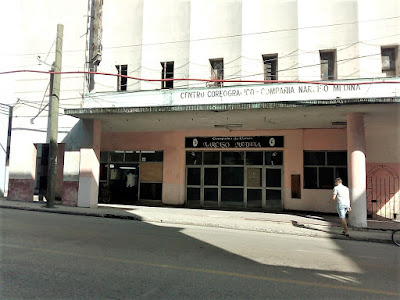
The building that housed the Favorito Movie Theater, at Belascoaín, between Sitios and Peñalver. Downtown Havana, Havana.
An 89 year-old worker who was outstanding for his intellectual work within the Cinemateca de Cuba (Cuban Cinematheque) and who prefers not to reveal his identity, tells us that “during the first years of the revolution, many hard-working professionals who loved movies tried to preserve the movie effervescence that marked the island’s cultural life but very soon ideology destroyed the cosmopolitan value of that cultural life.”
“Before 1959, movie theaters and theaters –he adds- were true cultural centers where opera, zarzuela, comedy and vernacular theater, ballet and other dance and artistic expressions thrived. Cuba was an endless festival where art added beauty to everything.”

The building that housed the Mexico Movie Theater, at Salvador, between San Anselmo and Buenos Aires, Cerro, Havana.
Another interviewee who offered his testimony in exchange for not identifying himself, was a 70 year-old Programador de Cine (Movie Programmer) who for more than 40 years worked in the culture sector.
“Until the end of 1968 –explains the 70 year-old programmer- which the government declared as “Año de la Ofensiva Revolucionaria” (Year of the Revolutionary Offensive), hundreds of North American, Argentine, Mexican and Spanish films of those countries’ golden years were shown and theaters offered popular and classical music concerts, comedy and varied artistic shows much accepted by the people.”

The site where the Cuatro Caminos Movie Theater used to be, at Belascoaín, between Monte and Campanario, downtown Havana, Havana.
“But –the interviewee continues- those of us who then tried to keep our cultural heritage safe knew that the death of all that was good was a matter of time. Since 1970 a spiral decline of movie theaters and film offer began. The peak of the soviet era and of the socialist art proposals was beginning.”

The building that housed the Mara Movie Theater, at Juan Delgado, between Labret and General Lee, Santos Suárez, 10 de Octubre, Havana.
Evelio Valdivia, an 81 year-old construction worker who was a member of the “many demolition brigades,” remembers that “movie theaters and recreation places stopped being a priority for social plans of the revolution, which devoted all its efforts and resources to indoctrination and absolute control of national life.”

Building that housed the Astor Movie Theater. Belasocaín, between Peñalver and Concepción de la Valla, downtown Havana, Havana.
“Year after year –Evelio tells us- the country lost iconic popular recreation installations. For decades we were buried behind a wall of rifles and restrictions which isolated us from the world’s cultural and technological development. And we’re still suffering the consequences.”
“It is embarrassing –says the veteran construction worker- to walk around a city that was once called “The Paris of the Americas”, because of the dynamics of its cultural and social life where movie theaters and theaters were highlights in the world of the enlightened Americas, and to see how it has turned into an extermination camp for human creation and development.”
By Ernesto Aquino Montes
Photos by Aquino
Photos by Aquino


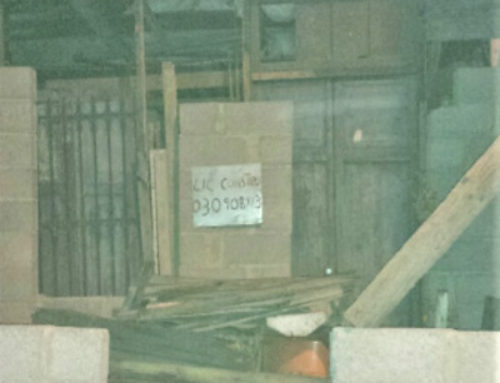

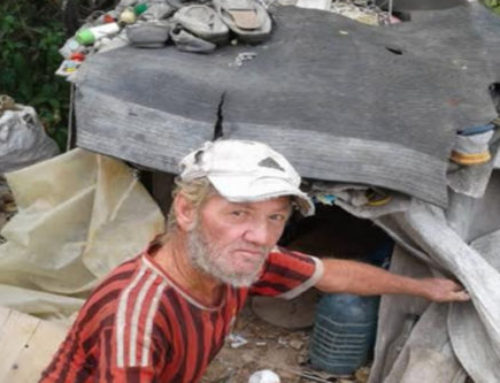

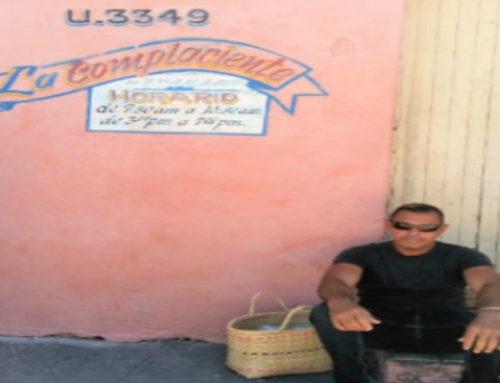



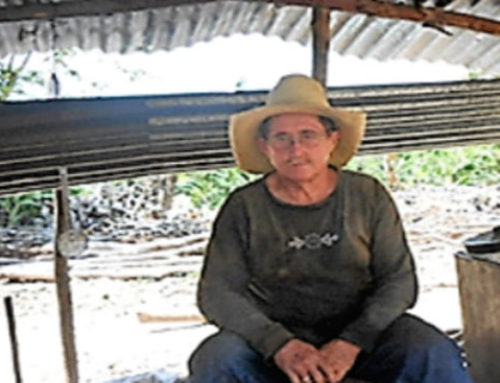



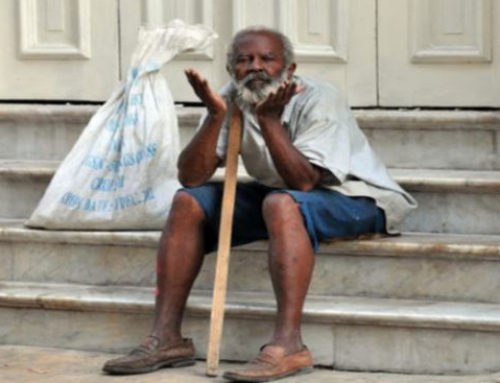


Leave A Comment